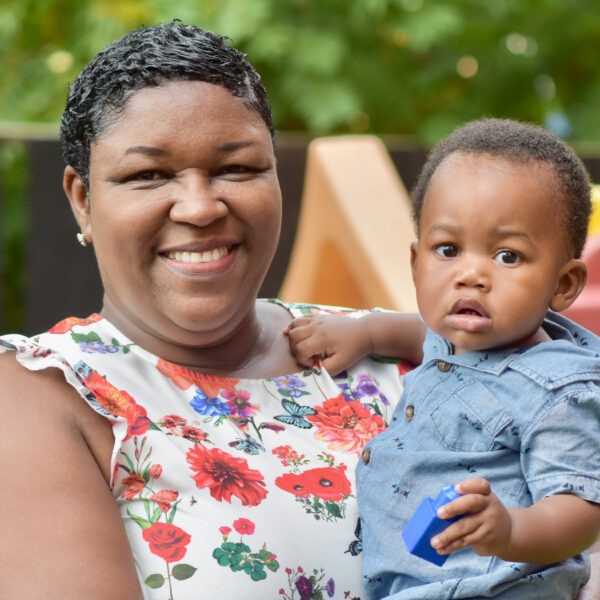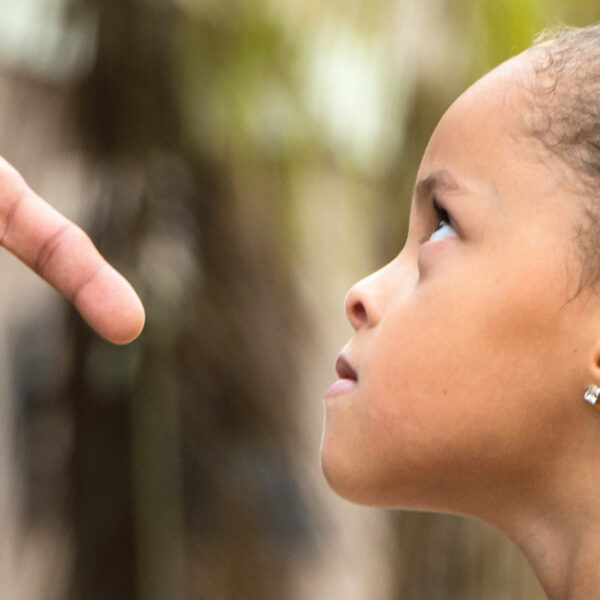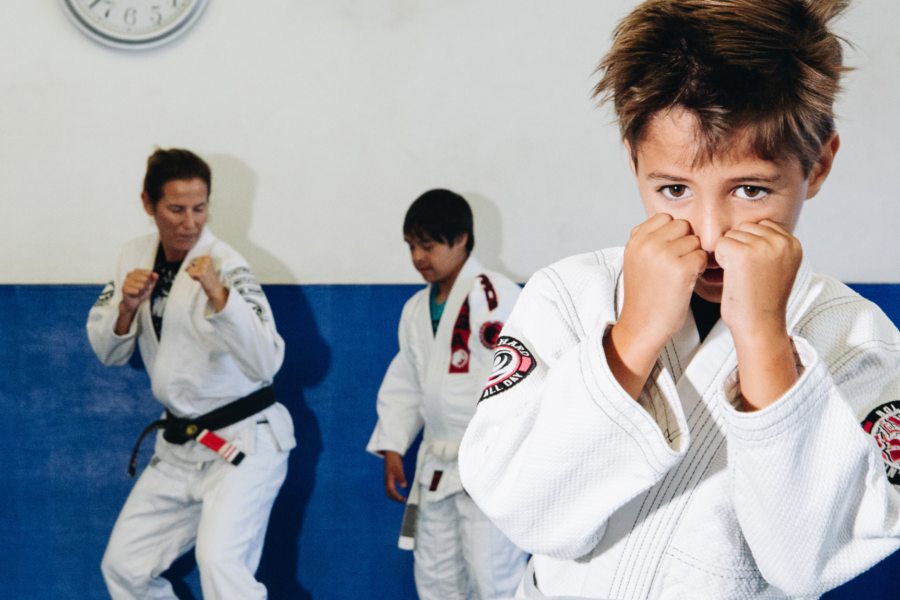The United Nations Convention for the Rights of the Child (CRC) was drafted and ratified in 1989 and took effect several months later in 1990.

Soraya Agard-Lake, Department Head Youth (Ministry of Education, Culture, Youth & Sport) & Member National Child Protection Working Group (CPWG)
With the goal to establish rights and privileges for children in the social, health, cultural, political and economic spheres, each signatory country has pledged to strive for the enforcement of said rights across the board with no discrimination or biases. Sint Maarten also has an obligation to live up to the CRC as a constituent of the Kingdom of the Netherlands, which has signed up to the treaty.
While the truth rings loudly that our children are indeed our future, the popular slogan “Our Children, Our Future” is not just that of the Kingdom Taskforce for Children’s Rights, of which Sint Maarten is a proud partner, but is widely known to be a symbolically used buzz phrase by (prospective) leaders in every country around the world, to help advance their political agenda among the youth voting population.
The United Nations Convention for the Rights of the Child (CRC) was drafted and ratified in 1989 and took effect several months later in 1990. With the goal to establish rights and privileges for children in the social, health, cultural, political and economic spheres, each signatory country has pledged to strive for the enforcement of said rights across the board with no discrimination or biases. Sint Maarten also has an obligation to live up to the CRC as a constituent of the Kingdom of the Netherlands, which has signed up to the treaty.
While the truth rings loudly that our children are indeed our future, the popular slogan “Our Children, Our Future” is not just that of the Kingdom Taskforce for Children’s Rights, of which Sint Maarten is a proud partner, but is widely known to be a symbolically used buzz phrase by (prospective) leaders in every country around the world, to help advance their political agenda among the youth voting population.
Children’s rights: no luxuries
Unfortunately, to the dismay of many youth advocates, many people of different cultures, governments or nations either do not honour the rights of children or simply feel that children are not entitled to any rights because they are minors. In our multicultural society, some parents are even outright against the idea of children having rights. In particular, when discussing this topic, many people remain fixed only on the debate of discouraging the use of violence and abuse as a means to discipline their child. They fail to see and moreover understand the entire children’s rights landscape for what it represents, which is to protect and produce independent, productive and socially balanced children.
However, the Rights of the Child goes far beyond the talks of abuse and violence; it regulates many benefits that are not considered to be luxuries afforded to children. The convention sets a standard to guarantee the basic rights that all children can grow up in a safe, healthy and nurturing environment through access to education, proper sanitation, food and housing, as well as by providing access to platforms so children can voice their opinions, or more importantly, participate in decision making on matters that effect their lives.
Work to be done
Children’s rights can be realized through protective laws designed to eradicate any kind of exploitation of children and provide equal treatment for all. The good news is that Sint Maarten, through its government agencies and stakeholders, has made great strides in setting standards to improve the lives of its children and youth when compared to earlier decades, but acknowledges that there is still much work to be done. Nevertheless, we must realize that our children are not only our future, but also our present. The Ministry of Education, Culture, Youth & Sport affirms that there will be no turning back and no child must be left behind!
Advocacy and strengthening capacity in the area of children’s rights and youth development is and remains the top priority. The Department of Youth, through its policies, programs and activities, is steadfast in its role to monitor and guide policy making processes and procedures for the benefit of every child, with the aim to ‘inspire, educate and empower’. Hopefully, this magazine will contribute to this aim and inspire all our professionals working with children.







